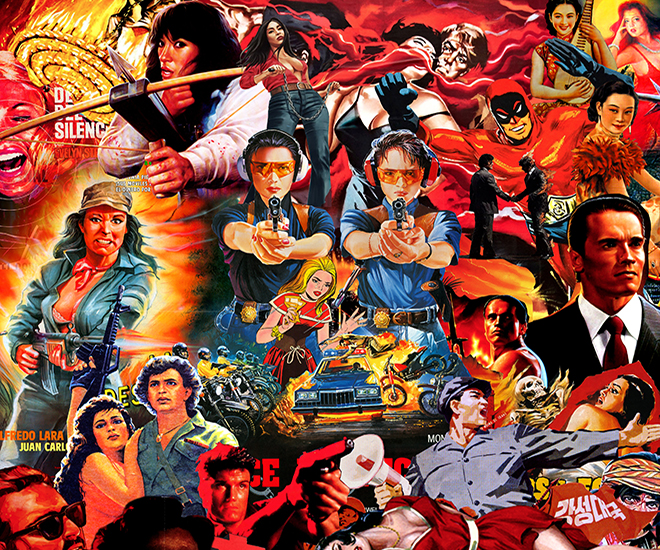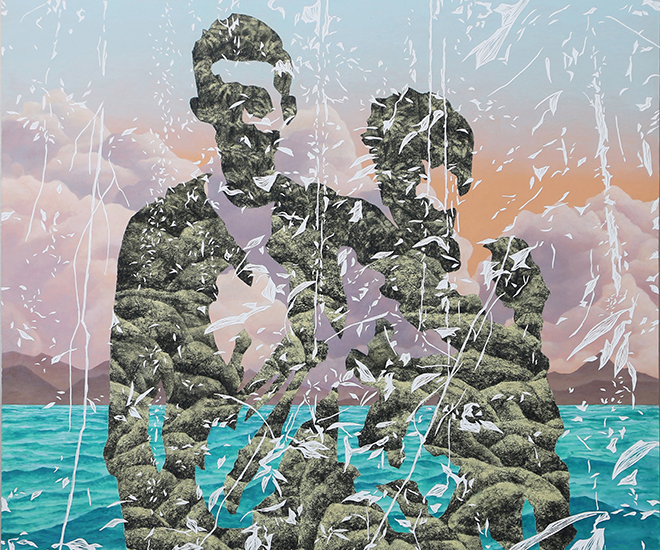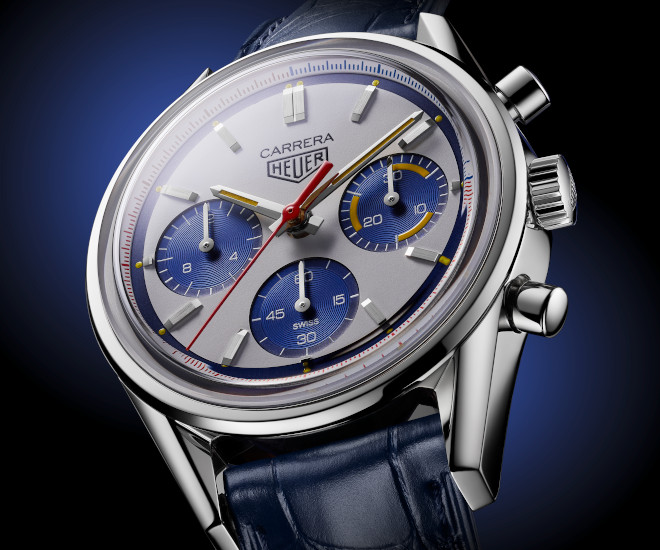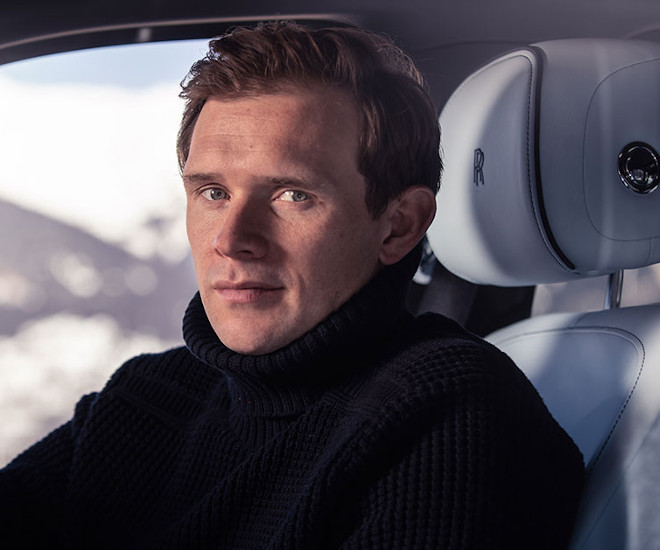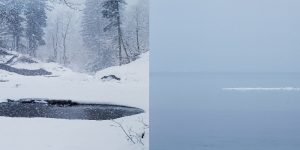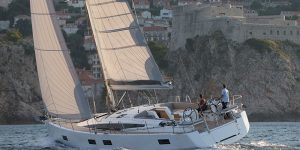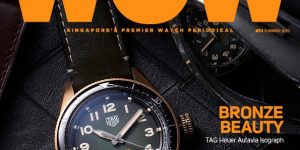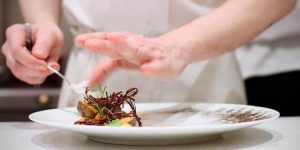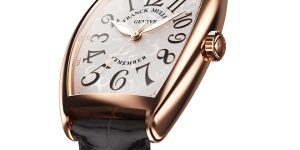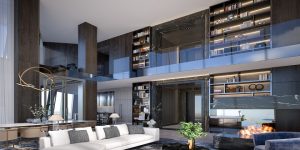Hugo Boss Asia Art Award 2017 Finalist, Robert Zhao Renhui
An interview with Hugo Boss Asia Art Award finalist Robert Zhao Ren Hui

Robert Zhao Ren Hui. Image courtesy Hugo Boss.
Robert Zhao Renhui, founder of the fictional Institute of Critical Zoologists, is a Singapore-based artist known for elevating documentation into an art form. Through photographic creations presented as installations and performances, among others, Zhao carefully and ingeniously creates narratives of natural history.
With his work, ‘The Nature Museum, Institute of Critical Zoologists’, Zhao was one of four finalists of the Hugo Boss Asia Art Award for Emerging Asian Artists in 2017, a bi-annual award organised by Hugo Boss and the Rockbund Art Museum in Shanghai. A jury consisting of internationally known art curators, museum directors, art professionals, and artists were assembled to shortlist finalists, who then exhibited their work at the museum.

Hugo Boss Asia Art Award 2017 Finalists. Image courtesy Hugo Boss.
Chinese video installation artist Li Ming was eventually awarded the 2017 prize. Previous winners of the prize include Filipino painter Maria Taniguchi in 2015 and Hong Kong mixed-media artist Kwan Sheung Chi in 2013.
Zhao’s installation has been adapted and brought to the Singapore flagship Hugo Boss store at Ngee Ann City in a pop-up exhibition, which opened on 23 February and is on display until 7 March. ART REPUBLIK speaks to Zhao about the award and what he has up his sleeves in the year ahead.
What does it mean to you to have been selected as a finalist for the award?
It has been a great experience to be nominated by Alia Swastika for this award. I am thankful for her nomination, and for being shortlisted as a finalist. Rockbund Art Museum and Hugo Boss Asia Art Award were very supportive of my proposal for the exhibition. I had been experimenting with several ideas for installations and the award offered a platform for me to execute those ideas in a museum setting.

Robert Zhao Ren Hui’s Exhibit at the Rockbund Art Museum, 2017. Image courtesy Hugo Boss.
Your submission for the award seems to be a clear continuation of your past work; how does this new work for the award build on your oeuvre? Could you briefly describe the process of conceptualising this work for the award?
At the moment, I am building up on research and materials of Singapore’s natural history. This could be looking at history, tourism, old photographs or books. The new work allowed me to present most of my research in an exhibition format. The idea was mainly to translate various ways we can think about nature in Singapore. The work is a accumulation of more than 6 years of my research, along with experiments I’ve conducted. These experiments may be photographic studies or documents from performances.
As the site chosen for my work was the former Natural History Museum floor of the Royal Asiatic Society, we felt it would be good to turn the installation into an experience of visiting the museum.
How as the award enabled you to create something you have not been able to achieve thus far? How does its broad regional focus provide a new platform for your work?
It is not easy to stage an installation with so many different components, objects and images. The Rockbund team that I worked with was patient and dedicated. It was almost impossible to show this exhibition of my works out of Singapore but with a lot of planning, we managed to get everything to Shanghai.
There were a lot of people who encountered my work for the first time in this exhibition and it was interesting to talk to them about how they received it. Shanghai has a bustling art scene that is very much different from Singapore’s, and to be able to engage with the local arts community was a great eye-opener for me.
The award has a clear goal of “bridging boundaries so as to encourage intercultural communication”. What was the experience like interacting with the other three finalists?
I had a great time talking to the other three artists in the award during the week before the opening. We were all working late every night installing our work. We all come different backgrounds and have different concerns in our artistic practices.
It made me realise there is no one good way to think about the artists from Asia as we have specific concerns. Regional grouping and categorisation does little to appreciate what artists are investigating and experimenting with in Asia.

Robert Zhao Ren Hui’s Exhibit at the Rockbund Art Museum, 2017. Image courtesy Hugo Boss.
The exhibition in Shanghai was designed to “echo the history of the museum building as the former Royal Asiatic Society building”. Was it difficult to transpose the work for the pop-up exhibition at the BOSS flagship store in Singapore?
The exhibition in Shanghai was on a much larger scale; it was a tough decision to decide what to show for one to get a sense of the exhibition in Shanghai. In the end, I selected stories that made sense to the site of Orchard Road. For one, I chosethe almost unheard history of the Mynah Society in Orchard Road, who are a group of people dedicated to turn the mynas near Ngee Ann City into a tourist attraction. I also included more human/nature narratives that reflect where nature stands when one is in the heart of the city.
As an artist, what role do you think patronage from the fashion industry will continue to play in the art scene, such as through Hugo Boss with the Hugo Boss Asia Art Award?
In Singapore, any patronage is good for the arts. Fashion brands have been generous in supporting very challenging projects by artists that otherwise would have never been realised. I have seen that happen in Singapore. The fashion industry can have a different reach to a new audience, and it can be quite interesting to see what artists can come up with in these collaborations with fashion brands. I think everyone can offer a different perspective and different ways of working in the production of an exhibition, which is great.

Robert Zhao Ren Hui’s Exhibit at the Rockbund Art Museum, 2017. Image courtesy Hugo Boss.
How has your residency at the NTU Centre of Contemporary Art Singapore influenced your process?
My residency has been short but intense. I spent a total of more than 100 days in a small patch of abandoned secondary forest behind the NTU CCA. I had always wanted to develop a work about the secondary forests of Singapore and found it extremely difficult to do so. My studio at the CCA is just beside one of these forests. It’s an abandoned part of the former Gillman Barracks that has been swallowed up by secondary forest in a short period of 30 years.
Our forests are filled with different layers of histories, some more evident than others. But they are all there, if one only knew how to look. I brought various people into the forest with me and every time we see a different part of the forest, because everyone looks at the landscape differently. In the end, my work for the residency will be a tour rather than an exhibition. So in a way, the residency has made me explored ways of looking at my research and presenting in a way that is more suited for the subject.
What plans do you have for the rest of 2018 after your residency?
I will be presenting a version of ‘The Nature Museum’ from Shanghai in Athens for the Fast Forward Festival. I will also be developing new content based on my visits to Athens, and the work will be a new commission looking at the relationship humans have with nature in the city of Athens.
More information at hugobossasiaart.org and criticalzoologists.org.
